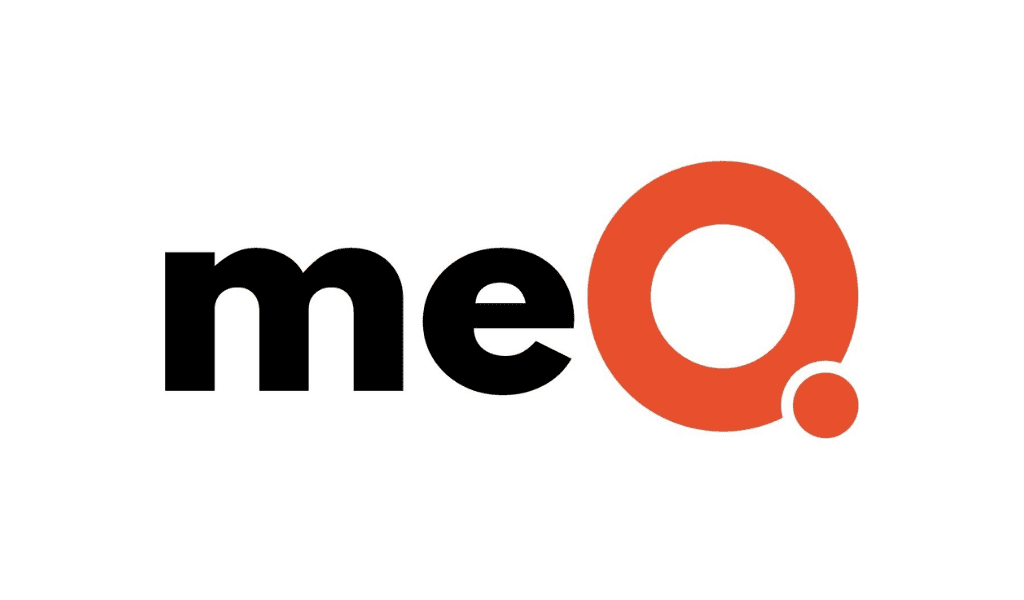Stephen Paskoff, CEO of Employment Learning Innovations and former EEOC attorney, discusses how leaders can avoid compliance risks within the new parameters.
By Maggie Mancini
The Equal Employment Opportunity Commission (EEOC) released finalized guidance on workplace harassment in April, making the first time that the agency has updated the legal resource since 1999. The new regulations reflect notable changes in the law that have occurred over the last 25 years, including the Supreme Court’s decision in Bostock v. Clayton County, which protects LGBTQ+ employees from discrimination. The extensive document also addresses the rise of digital work environments and the impact of technology on how harassment occurs in the workplace.
The EEOC, first established in 1964 as part of the Civil Rights Act, protects covered employees from harassment based on race, color, religion, sex, pregnancy status, national origin, disability, age, or genetic information. But despite the prevalence of these laws and policies across the country, workplace harassment still occurs, says Stephen Paskoff, CEO of Employment Learning Innovations (ELI) and a former EEOC attorney.
Paskoff explains that the EEOC provides its view and recommendations on how the law should be treated. And although this guidance is “not necessarily based on the explicit language of the law or applicable precedent,” it remains an important legal resource for employers and HR leaders.
“Since the last guidance, the ways in which people can activate harassing behavior have evolved,” Paskoff says. “We now have multiple ways of communicating, such as video calls, texts, and emails, allowing what can be used as evidence to be preserved. For example, inappropriate comments on a virtual call might be recorded in addition to evidence preserved textually. We have expanded what the workplace looks like, and evidence of harassment is becoming more prevalent.”
There are also newer types of discrimination that were previously unfamiliar, including the misuse of pronouns and other forms of discrimination based on sexual orientation and gender identity, Paskoff explains.
While lawyers are helpful in analyzing the law, HR leaders must also focus on preventing problems by preventing unwanted behaviors, Paskoff says. Even if a behavior is not inherently illegal, these instances can add up and, when combined with other conduct, can cause animosity, resentment, and distrust while impacting employees’ ability to work together.
“Workplaces generally have a set of standards of what they consider unwanted, unprofessional, or even illegal and won’t help build trust and collaboration within organizations,” he says. “As organizations often have training and policies that aim to steer away unwanted behaviors, HR must work consciously to build a workplace culture that encourages people to speak up about issues and concerns.”
Paskoff says that there are a few ways that HR leaders utilize the EEOC guidance to avoid compliance risks and, in turn, build or maintain a positive workplace culture for all employees.
- Bring organizational values to the forefront. HR leadership should understand these guidelines as operational and business necessities—not just ways to prevent risk, Paskoff says. Since those core values guide performance, it’s important for leaders to incorporate them into all aspects of the business.
- Set standards for workplace behavior. These behavioral standards become cultural ways of interacting within workplaces that apply to a range of prohibited behaviors, rather than simply being in place to avoid risk and boost performance. These standards can include things like teamwork, trust, respect, and collaboration, Paskoff says.
- Enforce and explain consequences for those who don’t comply. By bringing core values and behavioral standards into work conversations, employees feel more empowered to speak up to others and resolve issues, Paskoff says. Leaders must articulate, enforce, and explain the consequences for those who don’t comply.
















